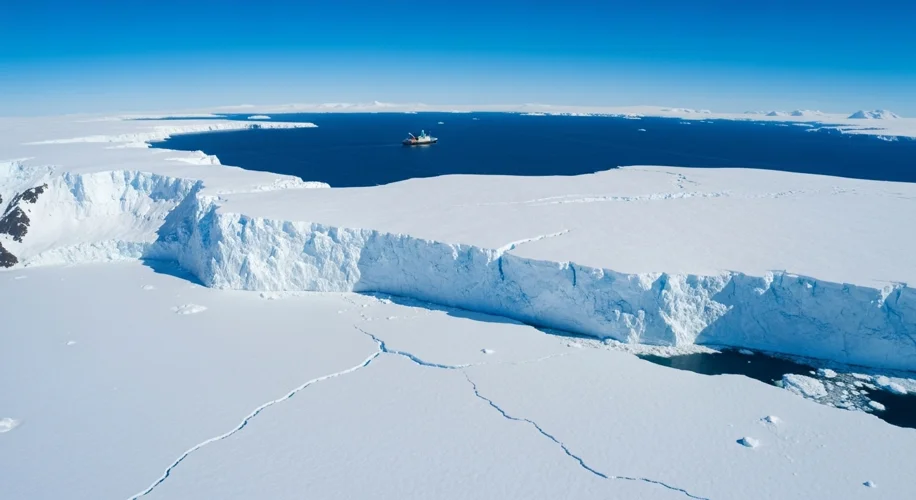Did you know that changes happening in Antarctica right now could impact the world for generations to come? It sounds dramatic, but scientists are seeing some significant shifts in the icy continent, and it’s something we should all understand.
Antarctica isn’t just a big, frozen place. It’s a critical part of our planet’s climate system. Think of it like a giant air conditioner and a massive water reservoir. The ice sheets there, especially the West Antarctic Ice Sheet, are incredibly important. They hold so much frozen water that if they were to melt completely, sea levels worldwide would rise by many feet. That’s why scientists are watching it so closely.
What’s Happening?
One of the most talked-about changes is the speed at which some of Antarctica’s ice is melting or breaking off into the ocean. This isn’t just a little bit here and there; we’re talking about processes that are happening faster than we’ve seen before in recorded history. For example, the grounding lines of some glaciers—where the ice lifts off the land and starts to float—are retreating. This means the ice is losing its connection to the bedrock, making it more vulnerable to melting from warming ocean waters.
Scientists are using advanced tools like satellite imagery and oceanographic sensors to monitor these changes. They’re finding that warmer ocean currents are reaching parts of the Antarctic coast that were previously untouched by warmer water. This warmer water gets underneath the floating ice shelves and erodes them from below, making them thinner and weaker.
Why Should We Care?
Even though most of us live far from Antarctica, the changes there have a ripple effect. Here’s why:
- Sea Level Rise: As I mentioned, melting Antarctic ice directly contributes to rising sea levels. This means coastal communities around the globe face increased risks of flooding, erosion, and saltwater intrusion into freshwater sources. Even small increases in sea level can have significant impacts on low-lying areas.
- Ocean Currents: Antarctica plays a huge role in circulating ocean water around the globe. These currents distribute heat and nutrients, influencing weather patterns and marine ecosystems everywhere. Changes in Antarctic ice melt can alter these currents, leading to unpredictable shifts in weather, from more extreme storms to changes in rainfall patterns.
- Global Climate Regulation: The vast white surface of Antarctica reflects a lot of the sun’s energy back into space, helping to keep the planet cool. As ice melts and is replaced by darker ocean water or land, more solar energy is absorbed, which can accelerate warming. It’s a feedback loop that scientists are keen to understand.
Looking Ahead
What’s happening in Antarctica isn’t a distant problem for future generations; it’s happening now, and its consequences will shape our world for decades and centuries to come. Understanding these scientific observations helps us appreciate the interconnectedness of our planet and why it’s so crucial to monitor and address climate change. It’s a complex challenge, but knowledge is our first step towards finding solutions.

